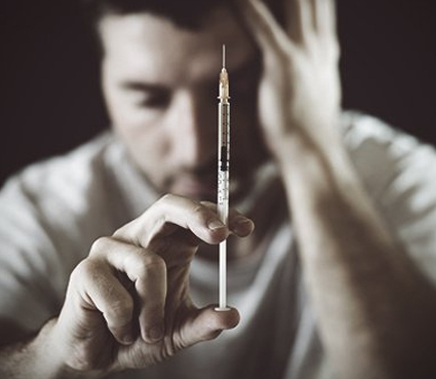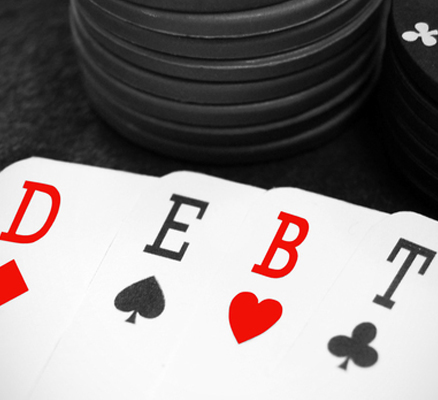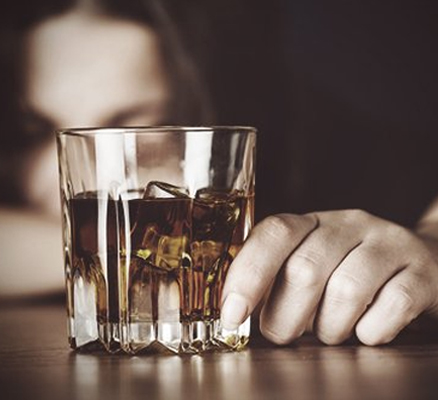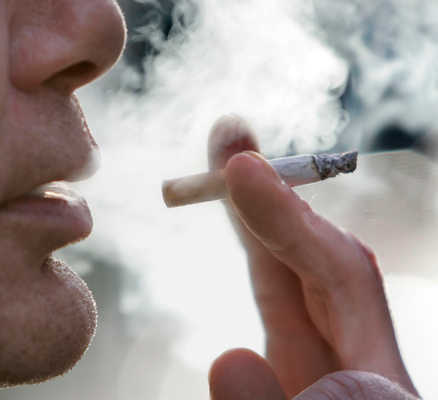Behavioural or Process Addictions
Although not well studied, many behaviours appear to have reinforcing properties, and may involve excesses related to:
1. Gambling
You may have a gambling problem if you:
a) Feel the need to be secretive about your gambling
b) Have trouble controlling your gambling. Once you start gambling, can you walk away?
c) Gamble even when you don't have the money. A red flag is when you are getting more and more desperate to recoup your losses.
d) Family and friends are worried about you.
2. Food
Here are 7 common symptoms that are typical of food addicts:
a) You frequently get cravings for certain foods, despite feeling full and having just finished a nutritious meal.
b) When you give in and start eating a food you were craving, you often find yourself eating much more than you intended to.
c) When you eat a food you were craving, you sometimes eat to the point of feeling excessively "stuffed."
d) You sometimes make excuses in your head about why you should eat something that you are craving.
e) You have repeatedly tried to quit eating or setting rules (includes cheat meals/days) about certain foods, but been unsuccessful.
f) You often hide your consumption of unhealthy foods from others.
g) You feel unable to control your consumption of unhealthy foods, despite knowing that they are causing you physical harm (including weight gain).
3. Sex
Symptoms:
a) Frequently engaging in more sex and with more partners than intended.
b) Being preoccupied with or persistently craving sex.
c) Spending considerable time in activities related to sex, such as cruising for partners or spending hours online visiting pornographic web sites.
d) Neglecting obligations such as work, school or family in pursuit of sex.
e) Continually engaging in sexual behaviour despite negative consequences, such as broken relationships or potential health risks.
f) Escalating scope or frequency of sexual activity to achieve the desired effect, such as more frequent visits to prostitutes or more sex partners.
g) Feeling irritable when unable to engage in the desired behaviour.
4. Video Games
a) Lying about how much time you spend playing computer or video games
b) Playing computer or video games results in intense feelings of pleasure or guilt that seem uncontrollable
c) Withdrawing from friends, family, or spouse to the point of disrupting family, social, or work life
d) Experiencing feelings of anger, depression, moodiness, anxiety, restlessness when not gaming
e) Spending significant sum of money for online services, computer upgrades, or gaming systems
f) Thinking obsessively about being on computer or playing video games even when doing other things
5. Work
Symptoms:
a) Long hours at the office, even when not necessary
b) Losing sleep to engage in work projects or finish tasks
c) Obsession with work-related success
d) Intense fear of failure at work
e) Paranoia about work-related performance
f) Disintegration of personal relationships because of work
g) Defensive attitude toward others about behaviour
h) Use of work as a way to avoid human relationships, or life crisis like death, divorce, or financial trouble
Treatment Approaches to Tobacco Addiction:
1. Cognitive-behavioural therapy: It seeks to help patients recognize, avoid, and cope with the situations in which they are most likely to abuse drugs.
2. Multidimensional family therapy: It is developed for adolescents with drug abuse problems, as well as for their family. It addresses a range of influences on their drug abuse patterns and is designed to improve overall family functioning.
3. Motivational interviewing: It capitalizes on the readiness of individuals to change their behaviour and enter treatment.
4. Motivational incentives : It uses positive reinforcement to encourage abstinence from drugs.
Principles of Change (Tips)
1. The belief that you can change is the key to change as it encourages commitment to the process and enhances the likelihood of success.
2. People can select how they want to pursue change in line with their own values and preferences. They don't need to be told how to change.
3. Brief treatments can change longstanding habits. It is not the duration of the treatment that allows people to change but rather its ability to inspire continued efforts in that direction.
4. Repeated efforts are critical to change. Providing follow-up care allows people to maintain focus on their goals of change. Eventually, they stand a good chance of achieving them.
5. Improvement, without abstinence, counts. People do not usually succeed all at once. But they can show significant improvements; and all improvement should be accepted and rewarded.






